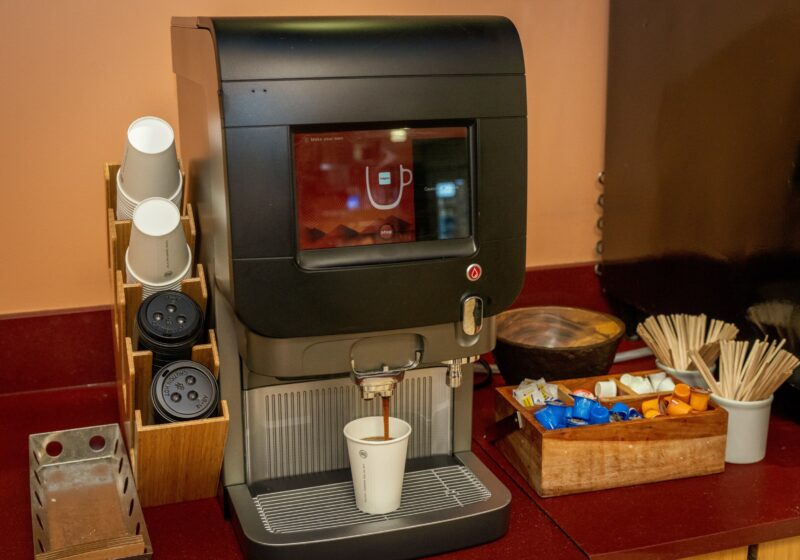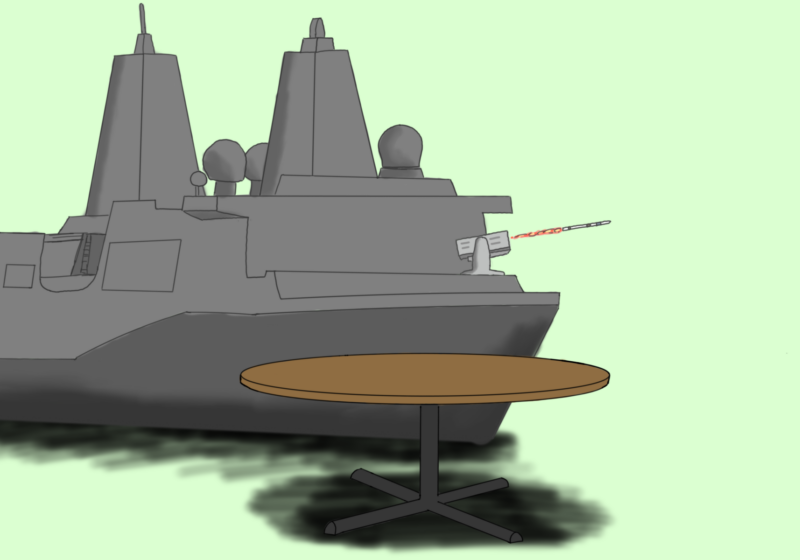Imagine the opportunity 8212; you have had to wear contacts or glasses most of your life and suddenly with the help of a short laser vision correction surgery, your eyesight is 20/20 overnight.
Not only has this surgery become a reality for millions, but the chief inventor of this surgery has a graduate degree from UR&s own Institute of Optics.
As a result of all his work in creating the technology for this operation, Dr. Charles Munnerlyn, who received his engineering doctorate in 1969 from UR, was recently awarded the Engineer of the Year award March 6.
The award is accompanied by a $25,000 educational grant for UR.
Munnerlyn was named for the award by the readers of Design News, a magazine with a circulation of about 335,000 engineers who design products ranging from autos to spacecrafts.
Munnerlyn is not the only impressive recipient of this award. In the past, engineers have won the award for designing technology to control the tremors of Parkinson&s disease, contributing to the Mars Pathfinder missions and designing the Boeing 777.
The procedure for which Munnerlyn won the award, known as LVC, was performed on 1.4 million eyes in 2000 and is predicted to be performed on 1.8 million this year.
This, however, is a relatively small number considering an estimated 160 million people in the U.S. today spend about $16 billion annually on corrective lenses to combat nearsightedness, farsightedness and astigmatism.
The surgery, which costs $2,000 to $5,000, has been very successful. Federal Drug Administration data has shown that 75 percent of those who get the surgery gain 20/20 vision or better.
Munnerlyn&s interest in optics began at the age of 12 in rural Texas when he found an old pair of eyeglasses. When he put each lens at the end of a tube, he was amazed that when he viewed a cow through the tube it appeared upside down.
&Different people have different hobbies. Some people build model cars 8212; I built telescopes, used optical instruments and took cameras apart,& Munnerlyn said. &I looked to do things that had light involved. It&s just something that interested me.&
That love for optics translated into a lifelong career. By the early 1970s, he had developed the optomefractor, which is used at any optometrist&s office to quickly measure the refraction of a person&s eye. His next invention in 1978 was a hand-held digital instrument used to detect the onset of glaucoma.
From there it was on to bigger projects. In 1985, he built the first working excimer laser system for the laser correction surgery and developed the core mathematical formulas that dictated how much corneal tissue should be removed by the lasers
He continued to fine tune the machine and sized the laser beam that cut in the size of the entire cornea, thus eliminating gaps and rough overlaps.
&You put all this [experience] together and I was in a unique position to make it work. At first, people were very skeptical,& Munnerlyn said.
With these new instruments, he then founded VISX, which is the world&s largest manufacturer of laser-based vision correction system. It went public in 1989 and managed to raise $4 million.
The company was founded with engineering and medical colleagues, including Terry Clapham, an electrical engineer who graduated from RIT. Clapham has been his collaborator for over 25 years and trusted the procedure so much that he had it done successfully on himself.
But getting VISX up and running still took 10 years of hard work, $100 million in investment and a great deal of FDA documentation before it sold its commercial system March 27, 1996.
&People talk about whether or not they use their education. I think I&ve used it rather continuously. The things I learned in optics I applied in my career,& he said.




